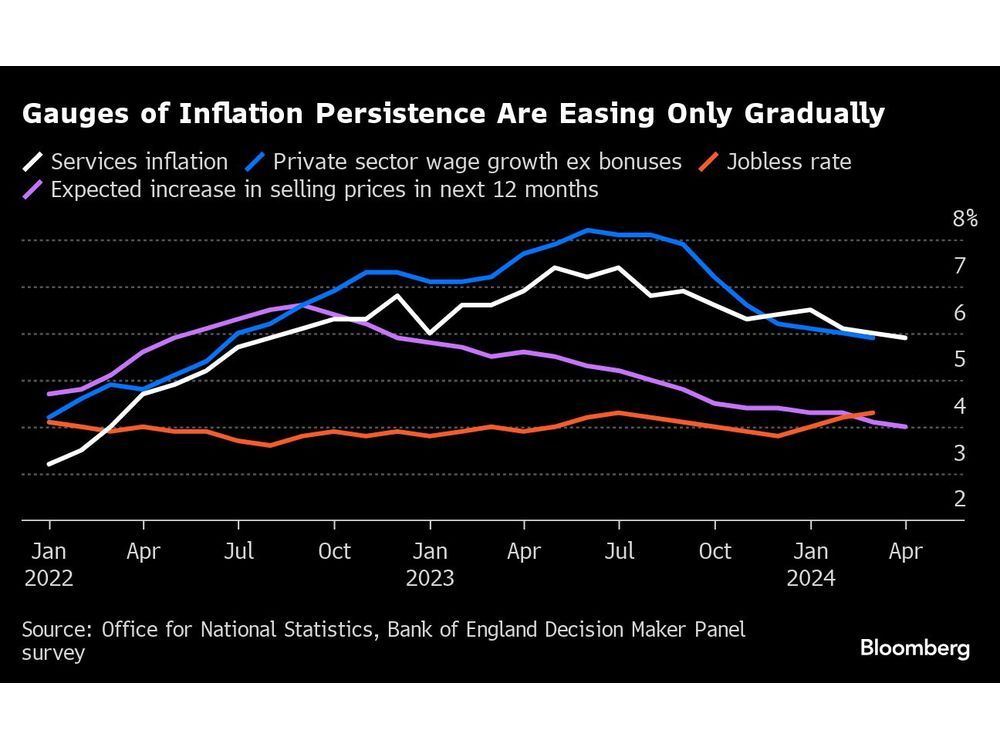Follow us on LinkedIn
Cross-price elasticity is an essential concept in economics that measures the response of the quantity demanded of one good when the price of another good changes.
Whether complimentary or substitute, the relationship between goods can significantly impact the demand for both. Understanding cross elasticity of demand is vital for companies to determine pricing strategies and make informed decisions about product offerings.
What is Cross-Price Elasticity?
The cross-price elasticity of demand is a measure in economics that determines the responsiveness of the quantity demanded of one product when the price of another product changes.
It examines the relationship between two goods, whether they are substitutes or complements, and how changes in their prices affect the demand for both.
Simply put, cross-price elasticity measures how much the demand for one good is impacted by the change in the price of another good.
It’s an important part of any pricing strategy and can inform decisions about product lines, packaging options, and discounts.
How Cross-Price Elasticity Works
Cross-price elasticity refers to the relationship between different products and how the demand for one product can impact the sales of another.
There are three categories of product relationships:
- Substitute Products: Substitute products compete for the same customers in the market.
- Complementary Products: Complementary products are usually bought together.
- Unrelated Products: Unrelated products do not affect each other’s demand.
Understanding these relationships can help businesses compete strategically and increase revenue by selling complementary products. For example, lowering the price of printers could increase the demand for toners and ink.
Calculating Cross-Price Elasticity
Here is the formula for calculating cross-price elasticity:
Cross Price Elasticity of Demand = (% Change in Quantity Demanded for Good x) / (% Change in Price of Good y)
= (ΔQx/Qx) / (ΔPy/Py) =(ΔQx/Qx) x (Py/ΔPy)
= (ΔQx/ΔPy) x (Py/Qx)
Where,
Qx = The average quantity between the previous and new quantity
Py = The average price between the previous and new price of good
Δ = Change in price or quantity of product X or Y
Examples of Cross-Price Elasticity
- One example of cross-price elasticity is the relationship between coffee and tea. If the price of coffee increases, then consumers may switch to tea as a substitute product.
This would lead to a decrease in demand for coffee and an increase in demand for tea. Similarly, if the price of tea increases, consumers may switch to coffee, which would increase the demand for coffee.
- Another example of cross-price elasticity is the relationship between cars and gasoline. If the price of gasoline increases, then consumers may reduce their driving or switch to more fuel-efficient cars.
This would lead to a decrease in demand for gas and a decrease in demand for less fuel-efficient cars. Conversely, if the price of cars decreases, then consumers may buy more cars, which would increase the gasoline demand.
- Another example of cross-price elasticity is the relationship between smartphones and mobile apps. If the price of smartphones decreases, then consumers may buy more phones, which would increase the demand for mobile apps.
This is because people use their smartphones to download and use mobile apps. Conversely, if the price of mobile apps increases, then consumers may reduce their usage, which would also decrease the demand for smartphones.
Conclusion
Understanding how cross-price elasticity works is key for businesses to develop successful pricing strategies and make informed decisions about product offerings. By calculating the cross-price elasticity of demand, companies can better understand consumer behavior patterns and how their products interact with each other.
Further questions
What's your question? Ask it in the discussion forum
Have an answer to the questions below? Post it here or in the forum





Prime Minister Keir Starmer’s promise to “get Britain building again” will quickly face a shortage of skilled workers in the very industries he’s hoping will power the turnaround.